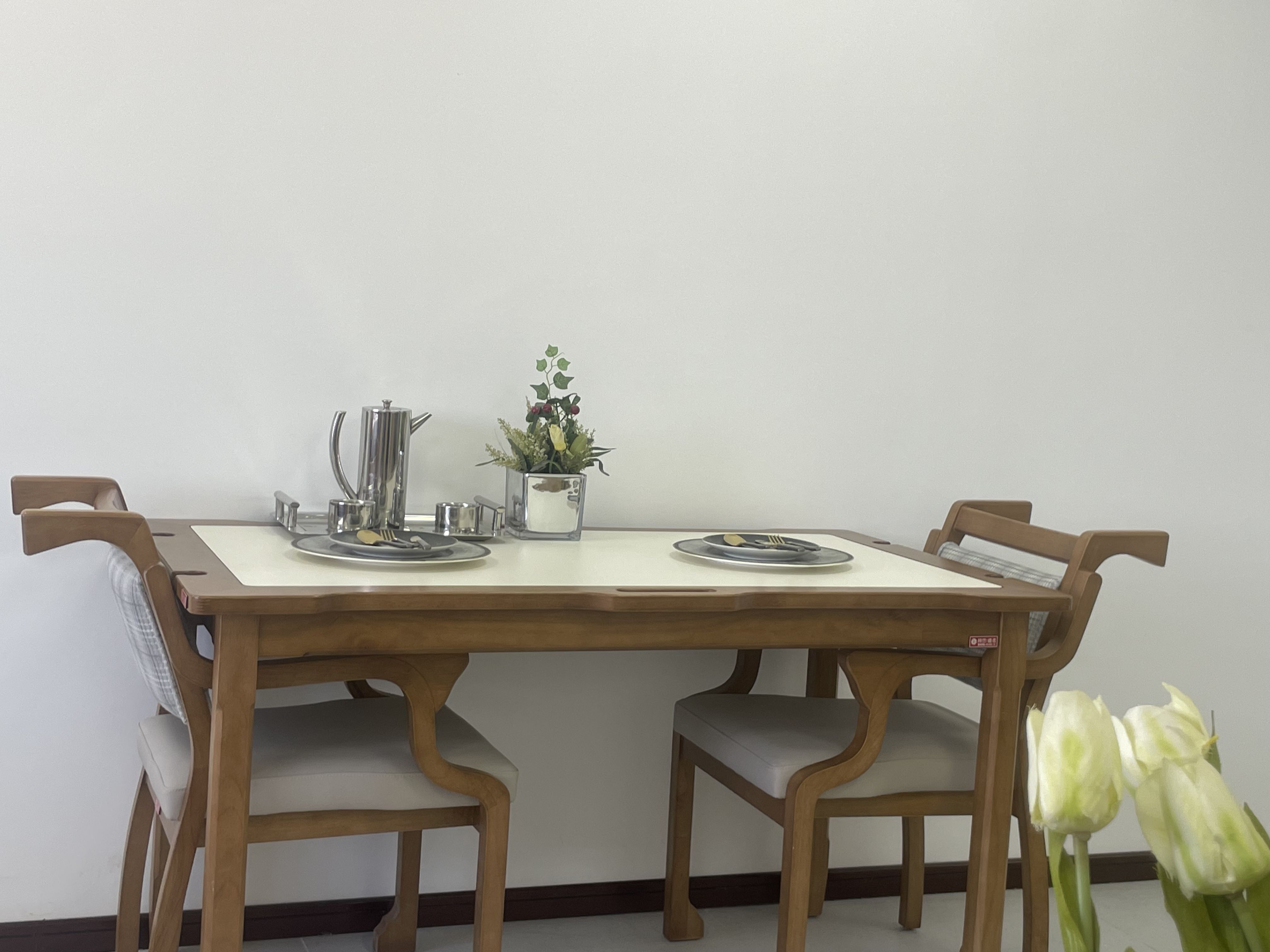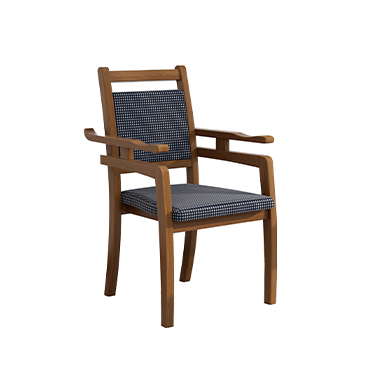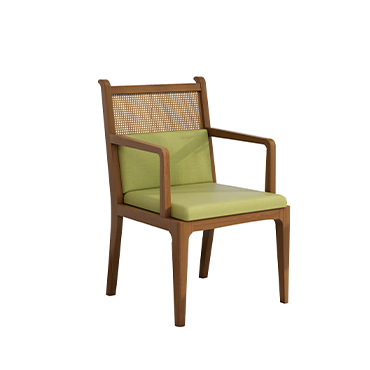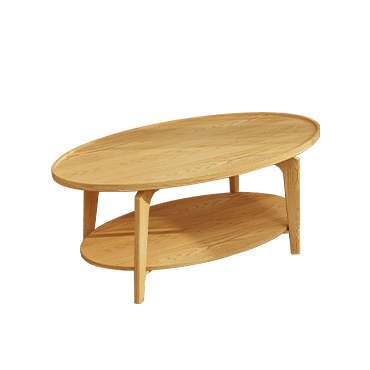What to Look for When Visiting a Senior Care Facility
Choosing the right senior care facility is a significant decision for families. Whether you're looking for a comfortable home for your aging parents or planning long-term care for yourself, an on-site visit is one of the most important steps in the process. But what exactly should you look for during a tour?
Here are the key factors to evaluate when visiting a nursing home or assisted living facility:
1.Safety and Accessibility of the Facility
First impressions matter. Is the building clean, well-lit, and easy to navigate? Key things to assess:
Are hallways wide and free of clutter?
Are handrails, ramps, and non-slip floors present?
Are bedrooms and bathrooms equipped with elderly-friendly furniture and safety features like grab bars, adjustable beds, or lift chairs?
A facility that prioritizes accessibility can greatly reduce the risk of falls and injuries, improving residents' independence.
2.Quality of Care and Medical Services
Ask about the facility's care philosophy and staffing levels:
Is there 24-hour nursing care or access to medical professionals?
How are medications managed and monitored?
Is there a care plan tailored to each resident's needs?
Good senior care should go beyond basic assistance—it should focus on physical, emotional, and cognitive well-being.
3.Staff Attitude and Training
Observe how the staff interact with residents:
Do caregivers show patience, respect, and warmth?
Are residents engaged in meaningful conversations or left unattended?
What kind of training does the staff receive (e.g., dementia care, emergency response)?
The quality of the team is often the most critical indicator of the overall living experience.
4.Daily Life and Recreational Activities
Social interaction and mental stimulation are key to aging well. Ask:
What does a typical day look like?
Are there group activities, outings, or therapy programs?
Is there a community space for hobbies, reading, or games?
A vibrant and stimulating environment helps prevent isolation and supports emotional health.
5.Dining and Nutrition
Are meals served fresh, and do they accommodate special diets (low salt, diabetic, vegetarian)?
Can residents choose from different meal options?
Visit the dining area—is it clean, inviting, and social?
Nutrition is fundamental to health, especially for seniors with specific dietary needs.
6.Living Spaces and Furnishings
Inspect the rooms and common areas:
Are the beds adjustable and easy to get in and out of?
Is seating supportive and comfortable for older adults?
Are there personalized touches, or do rooms feel too sterile?
Look for elderly care furniture that promotes comfort and dignity—items like ergonomic chairs, multi-functional beds, and lift-assist recliners can make a significant difference in daily life.
Final Thoughts
A quality senior care facility is more than a place to live—it's a supportive community. Taking time to observe, ask questions, and evaluate every detail ensures your loved one can age with comfort, dignity, and joy.





